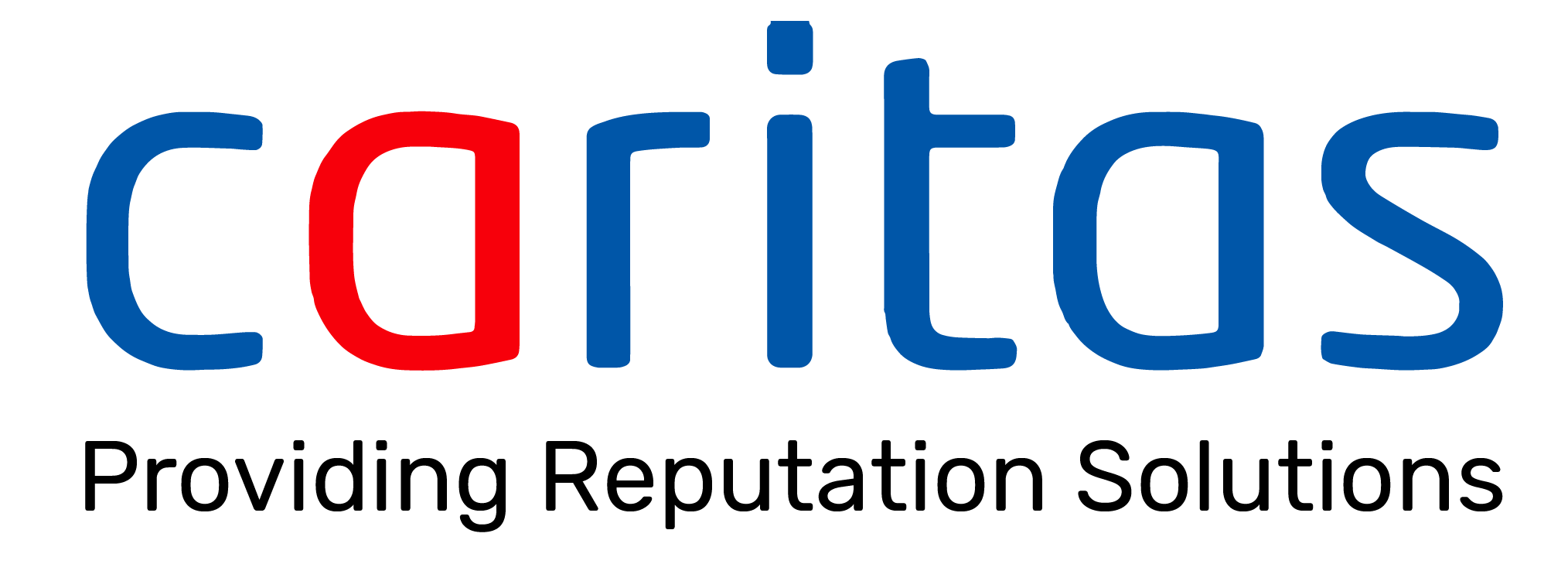The description of the world as a “Global Village” by Marshall McLuhan in 1964 must have been underestimated in the time past. The phrase was coined by the scholar who believed that a time will come when the whole world will be connected as a result of modern communication. Up until recent years and even more so during the COVID-19 pandemic, this assertion may not have been generally accepted.
As one of the measures to decrease the rate of infection, the WHO recommended social/physical distancing, and nationwide lockdowns were enforced in various nations of the world.
As a result, people and various organizations including colleges, places of worship, schools, malls, offices, airports, etc. had to shut down activities that require human gathering and face-to-face interactions.
Humans being social creatures, needed to adjust to new ways to keep interacting, conducting business, and getting information irrespective of the limitations. Therefore, the internet and other internet-based services became the go-to source for communication and general life engagements. This has led to an increase in the need for and the use of digital technologies.
According to a study, Data usage has increased by 47% during the pandemic lockdown. This is owing to the fact that many organizations had to switch to the Work From Home scheme. Unlike the pre-lockdown days when you could easily walk into a cinema, hang out with friends, meet with colleagues and clients, people now utilize the internet for entertainment purposes such as streaming movies and music on digital media platforms like Netflix, YouTube, Deezer, and more.
Some of the most used Digital technologies during the pandemic include;
- Emails: Since the pandemic, most organizations have been forced to ensure their teams work from home. Hence, for a steady flow of information and communication, email trails from within and outside the organization have increased.
- Websites: Businesses that did not see the need to own a website pre-COVID-19 now own websites and have incorporated digital tools and software to interact with their customers and keep their business running.
- Social Media: With Social Media, businesses can interact with their customers, advertise their products, and share important information. People have also leveraged social media to either entertain people or be entertained. For example, one of the most popular social media platforms, TikTok, especially known for its brief, often dance-related, entertainment, and challenge-based videos, has become one of the most engaged social media platforms among youths. According to Convince and Convert, prior to the pandemic, TikTok Received 315 Million First-Time Downloads in the First Quarter of 2020. As of July, TikTok usage among youths increased by 16%.
- Video Conferencing: In the past few months, Video conferencing has been an essential part of every organization’s operations as the majority of the world’s workforce now works remotely. There are lots of great video conferencing tools which include Zoom, google meet, Skype meet now, Zoho meeting, Ring central meetings, and many more. Video conferencing has become a new trend for holding team meetings, webinars, events, and even virtual learnings for students. The most popular video conferencing platform Zoom, saw an increase from 10 million monthly meetings in December, to 300 million monthly meetings. Incredible, isn’t it?
The COVID-19 pandemic has accelerated the growth and usage of digital technologies and has enabled businesses to stay resilient in the face of threats and future crises. In view of the new normal, it is highly predictable that these Digital technologies and many more are here to stay d and will have more impact beyond the pandemic.

